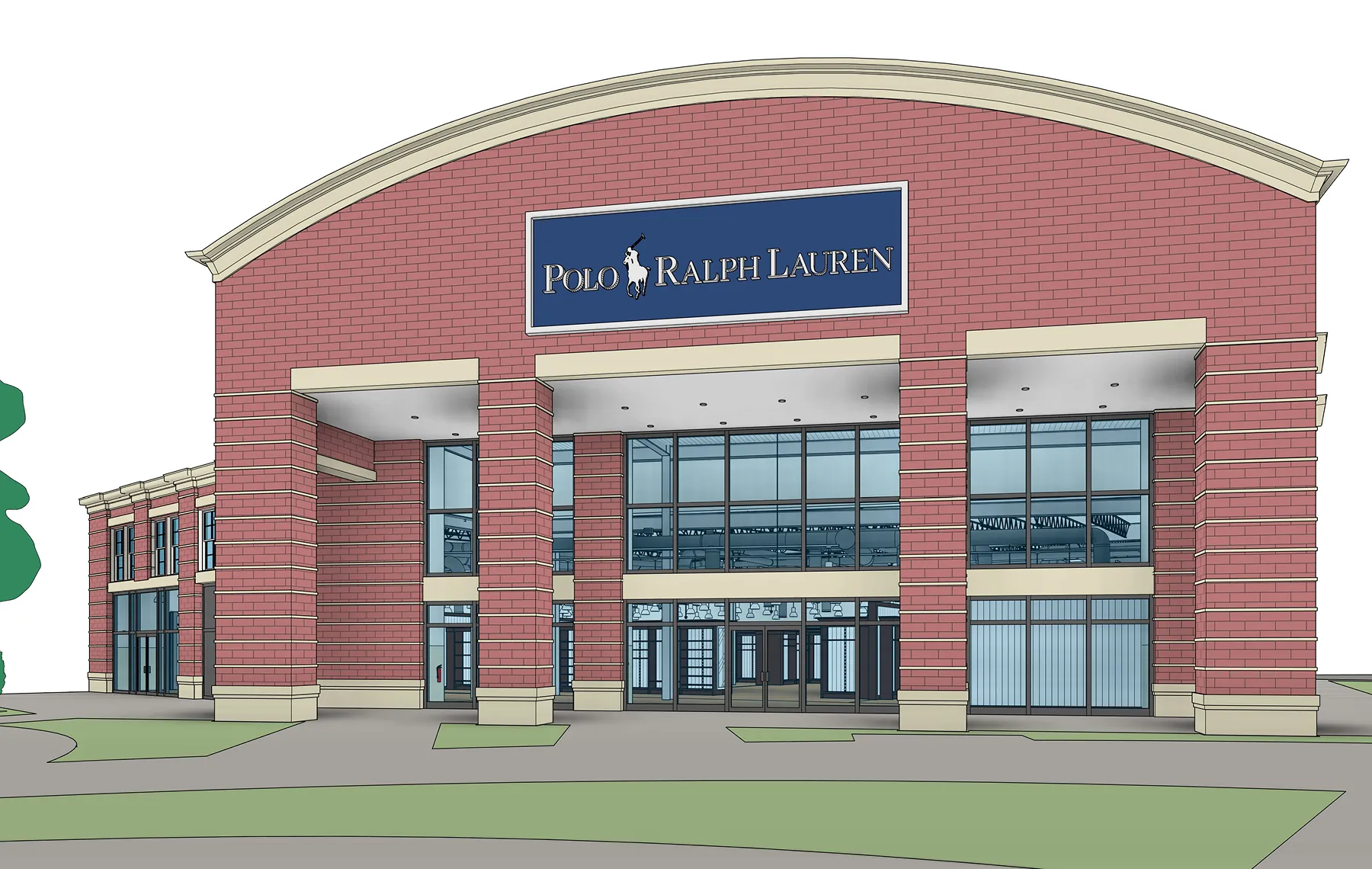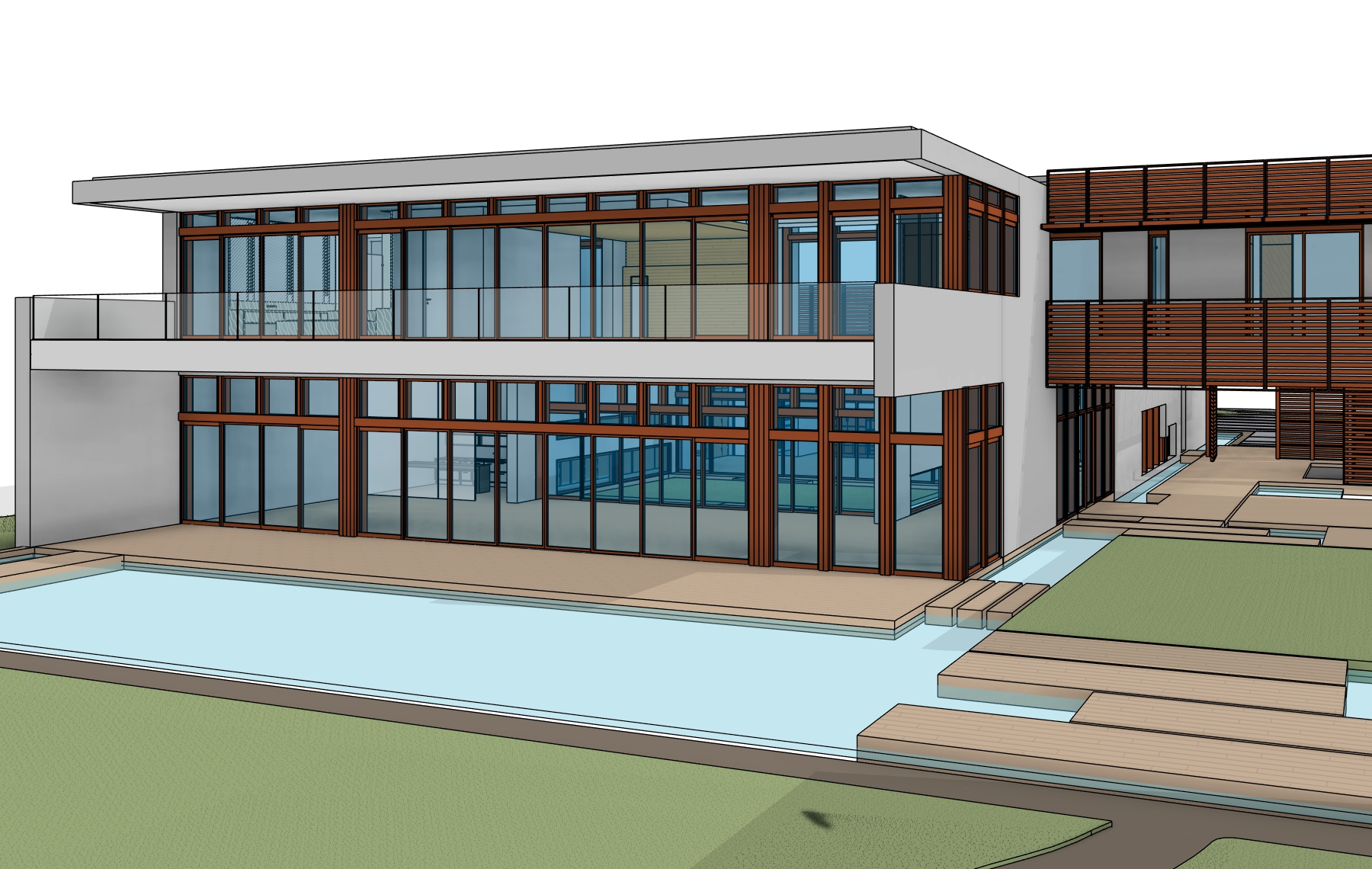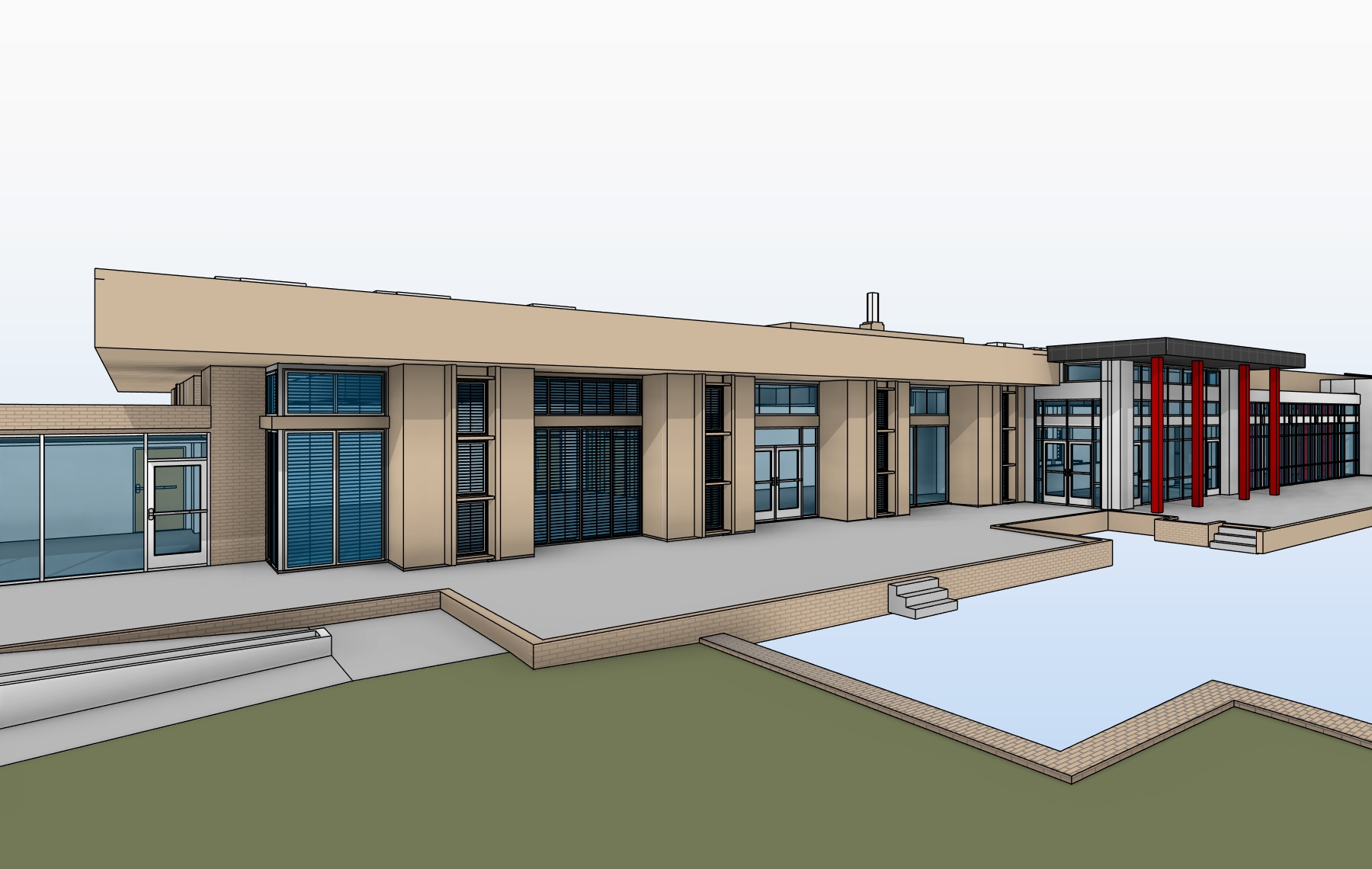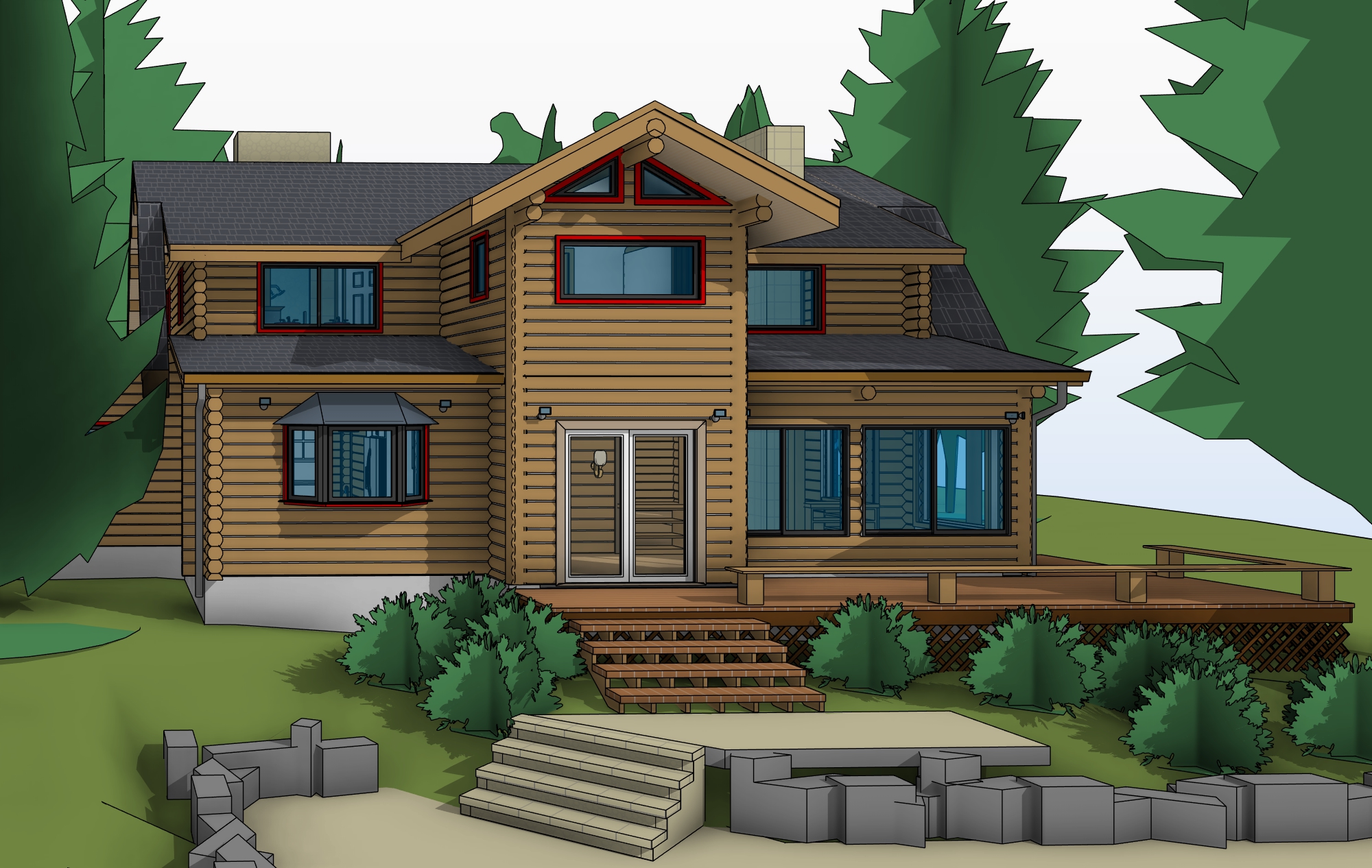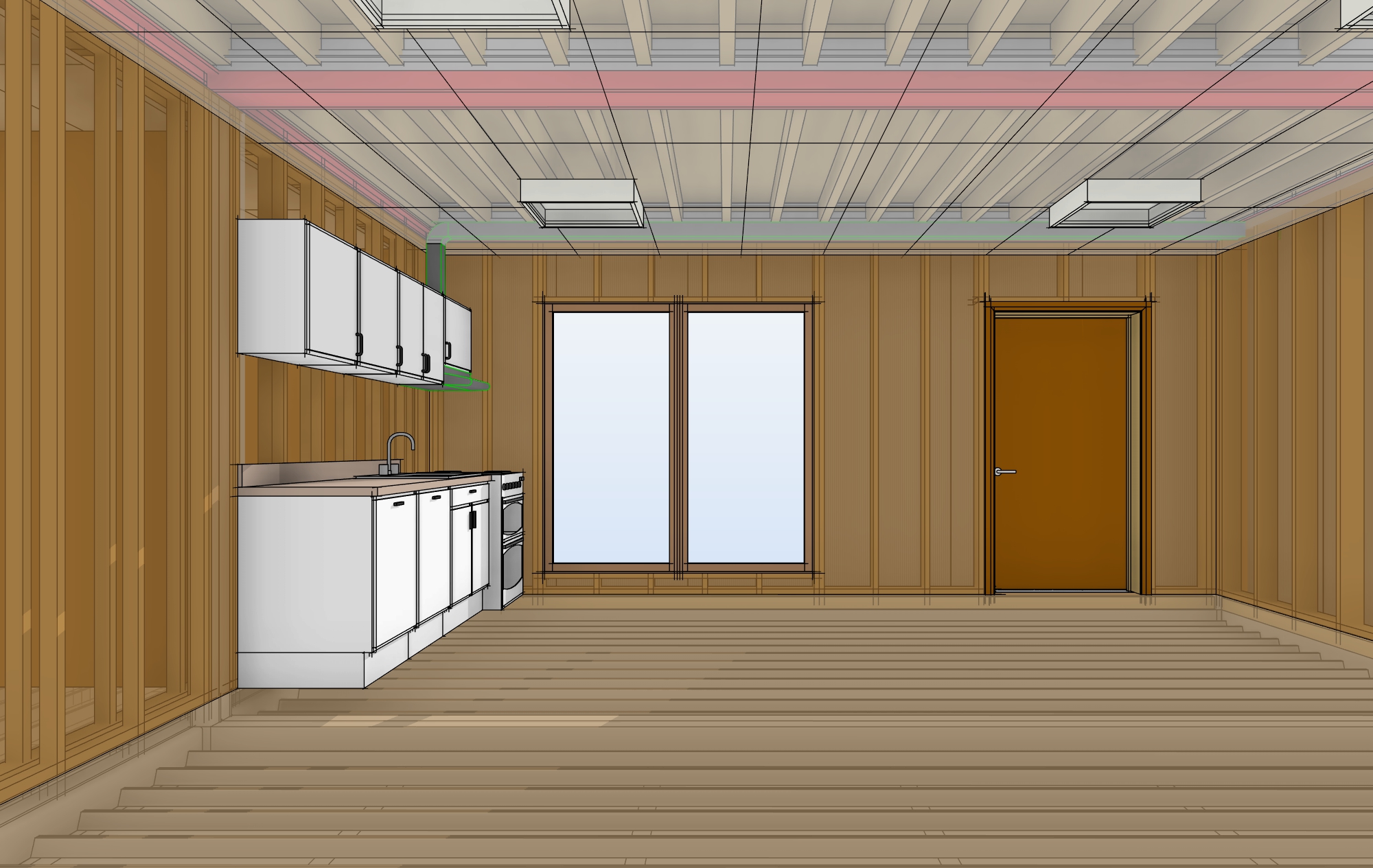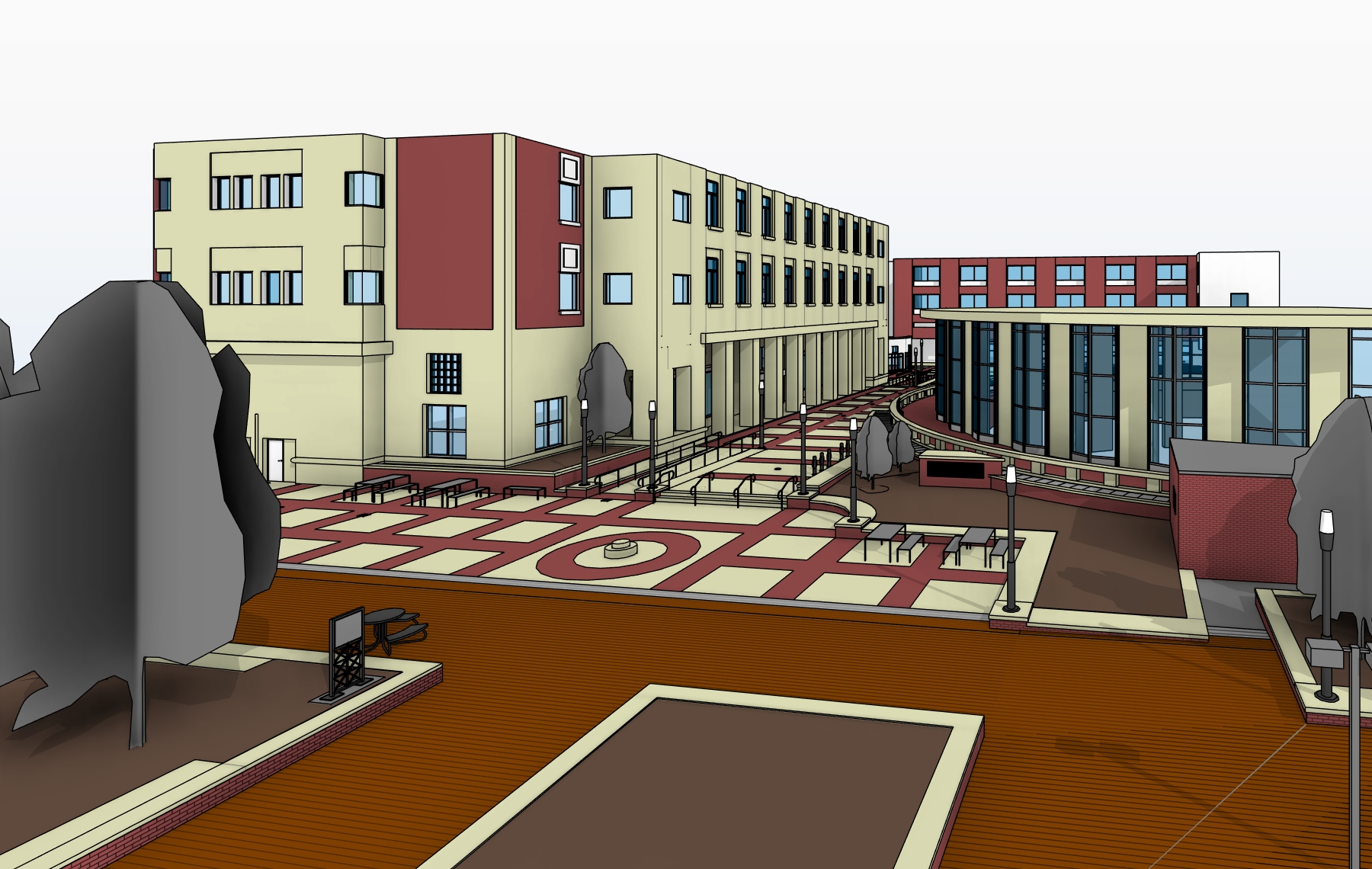MULTI STORY RESIDENTIAL BLOCK - PHILADELPHIA
We developed a digital twin from a point cloud scan of a Ralph Lauren retail location in Kansas. The goal was to create a reliable Revit model that would support both documentation and furniture planning for future store rollouts.
The model included architecture, structure, MEP, and custom parametric families — all delivered at a medium level of detail optimized for accuracy and performance.
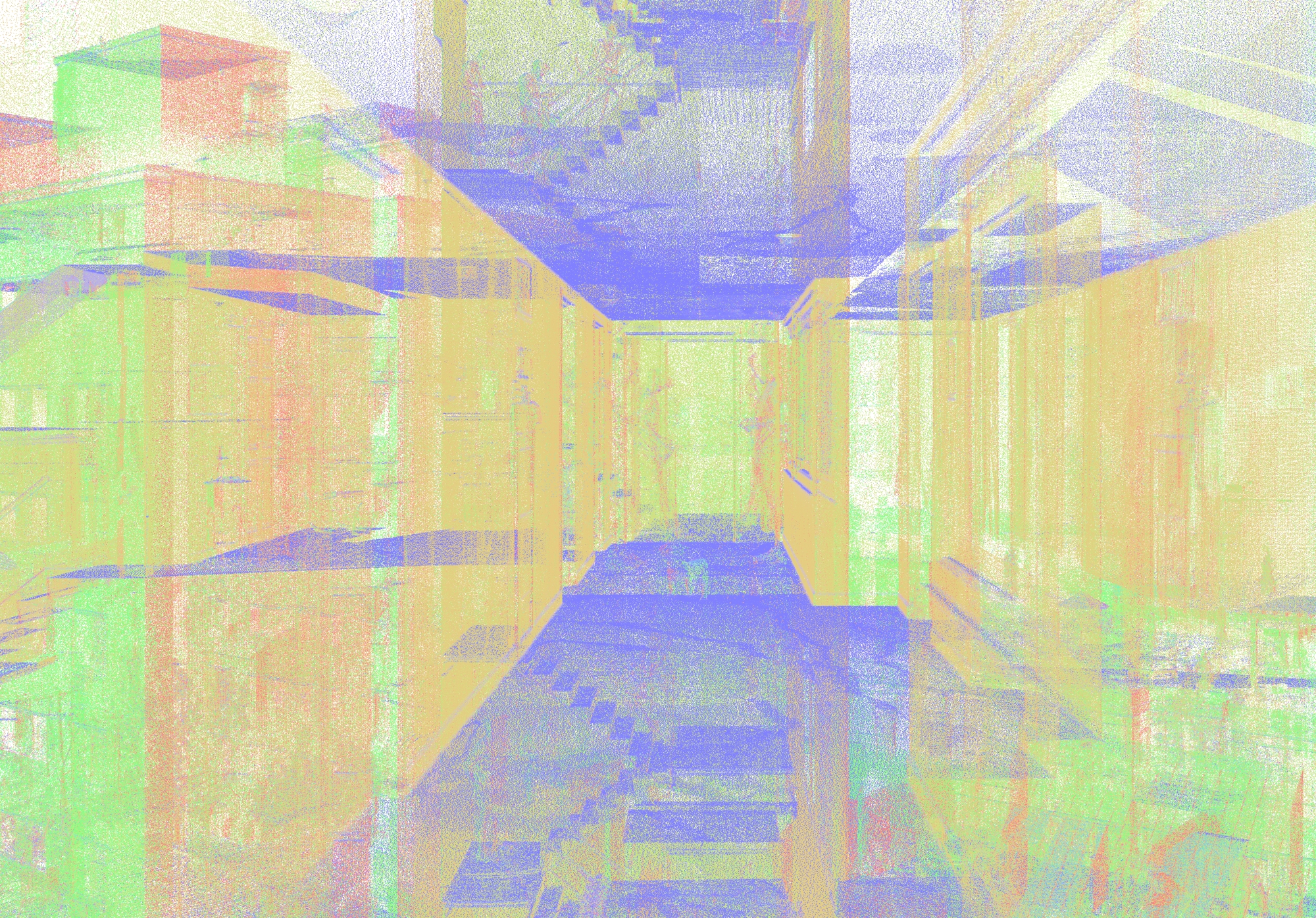
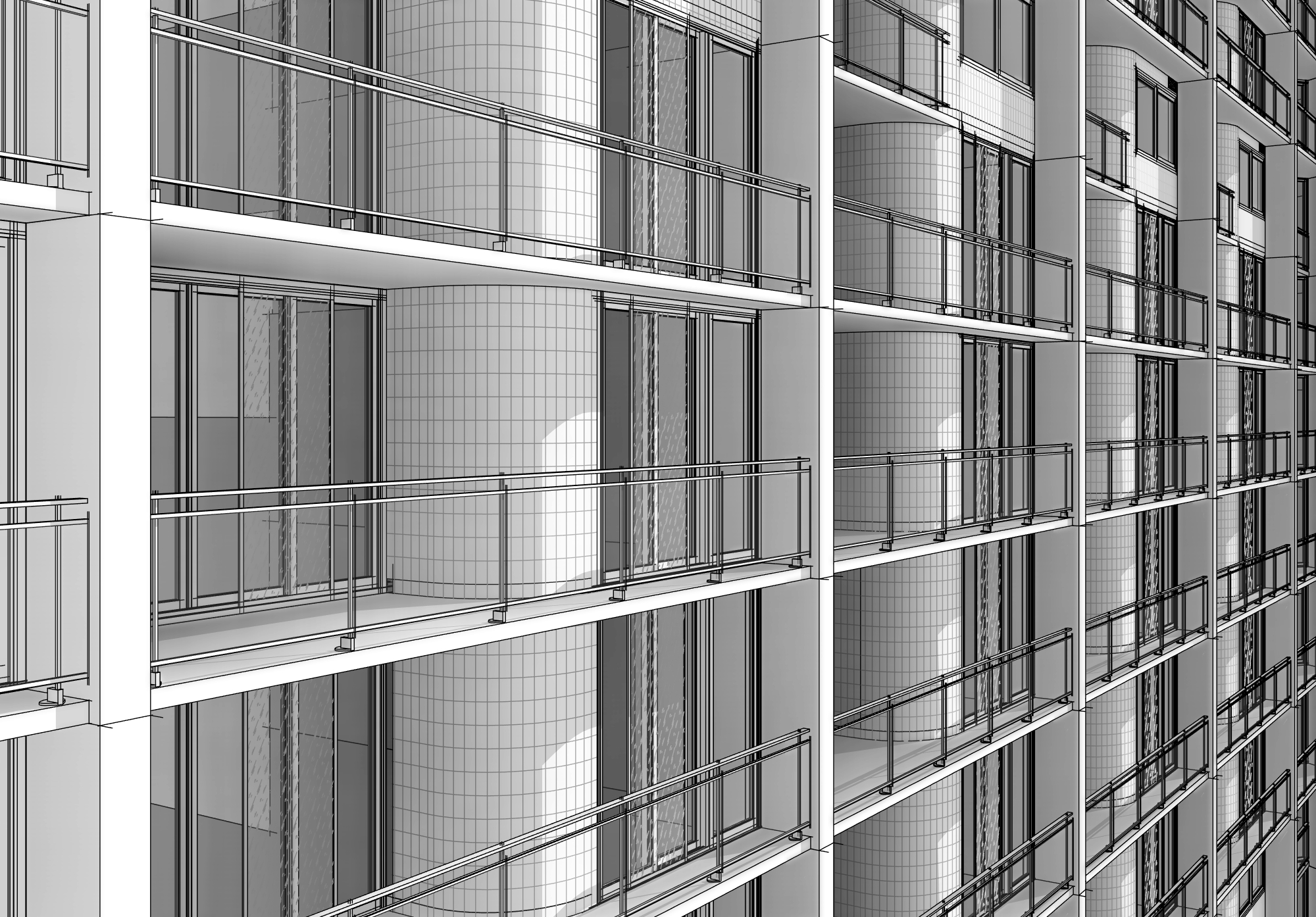
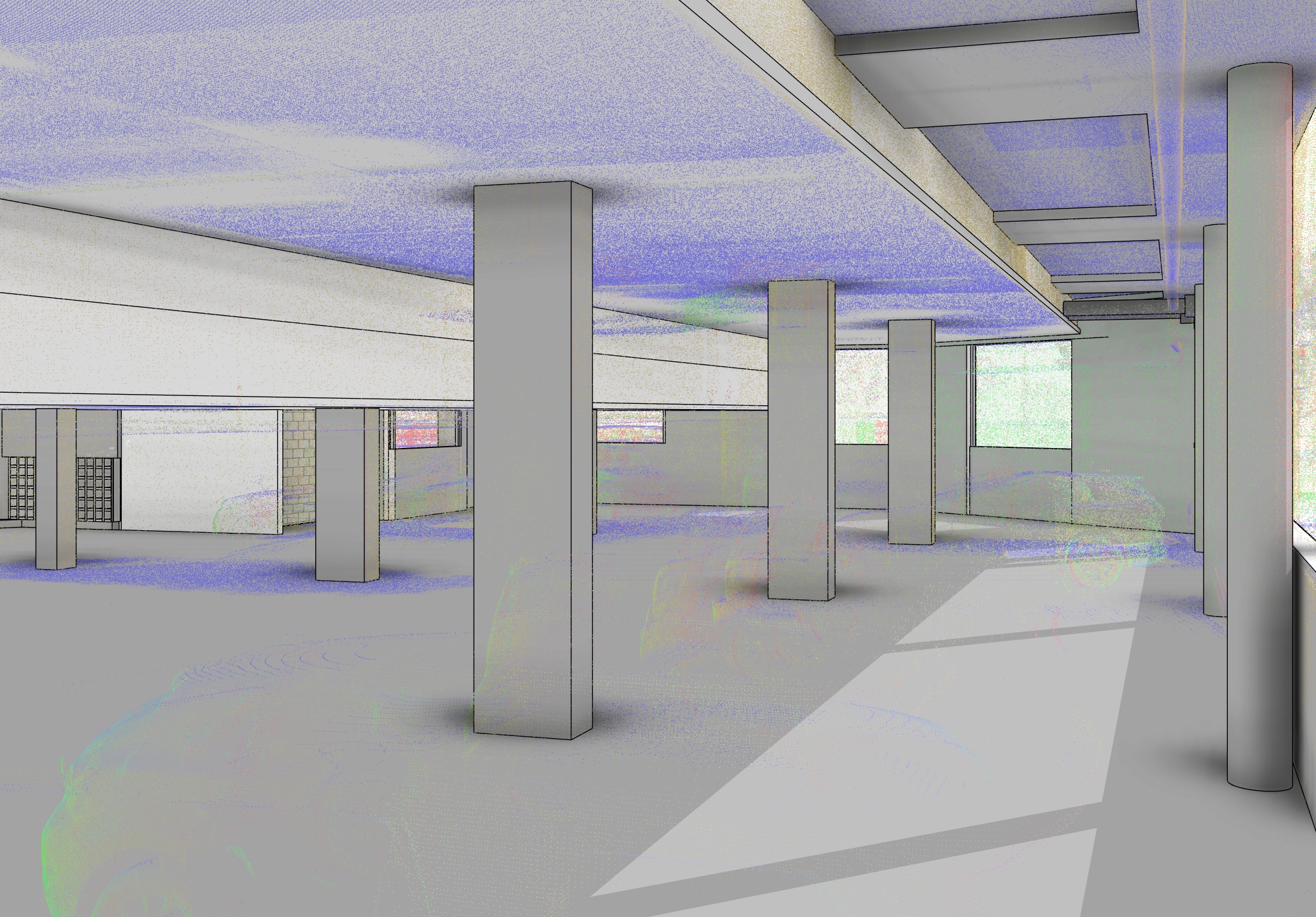
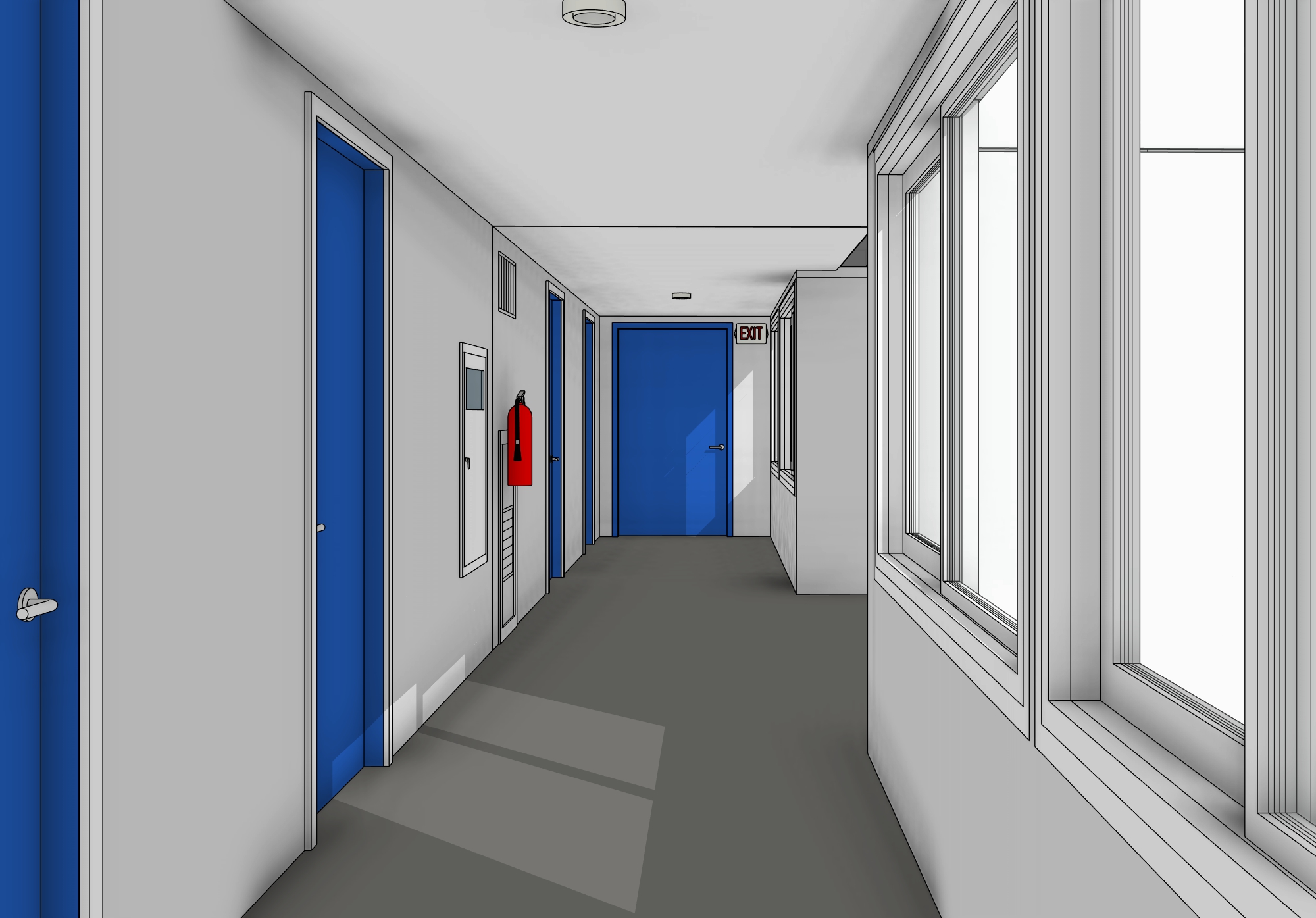
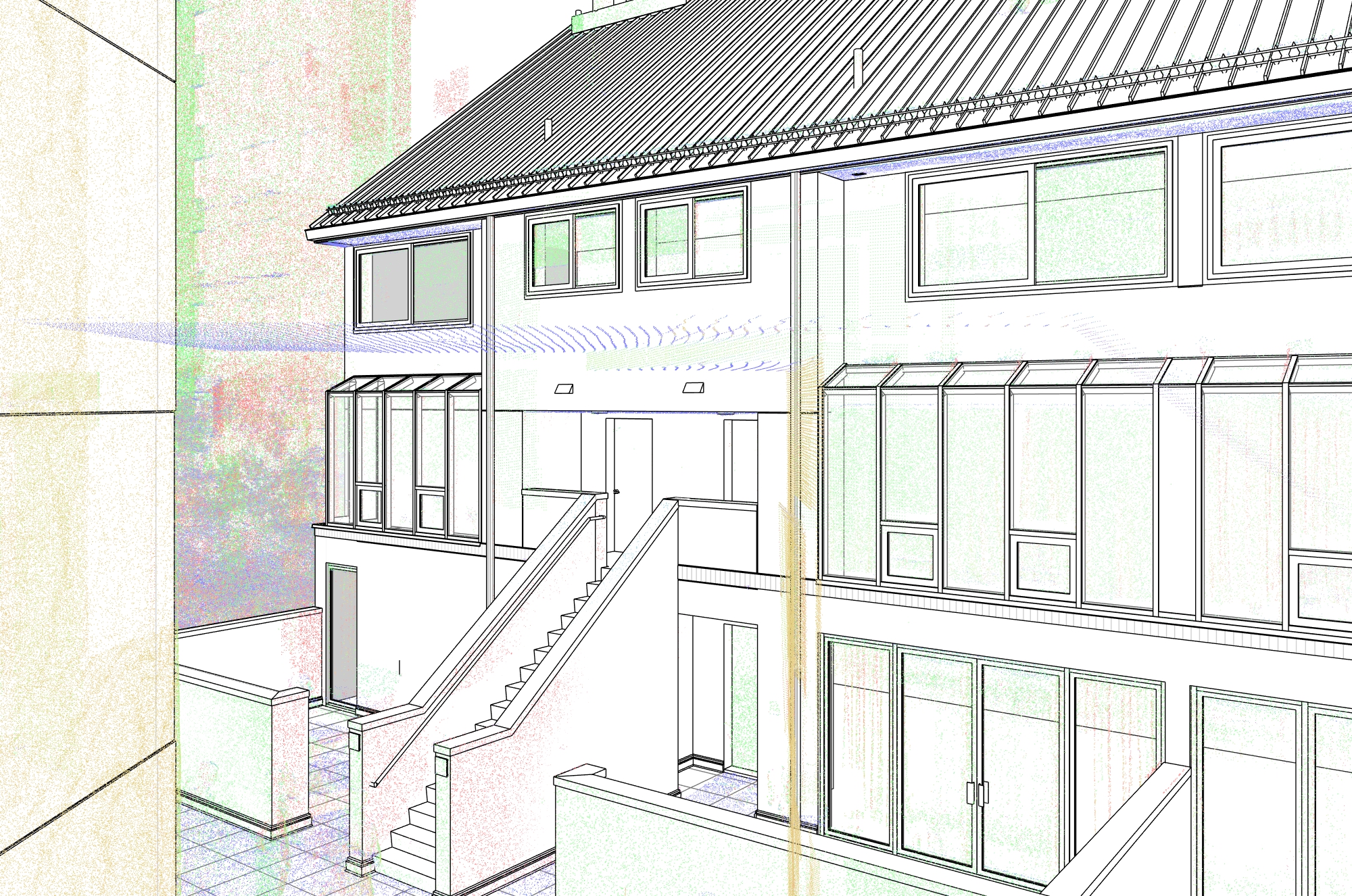
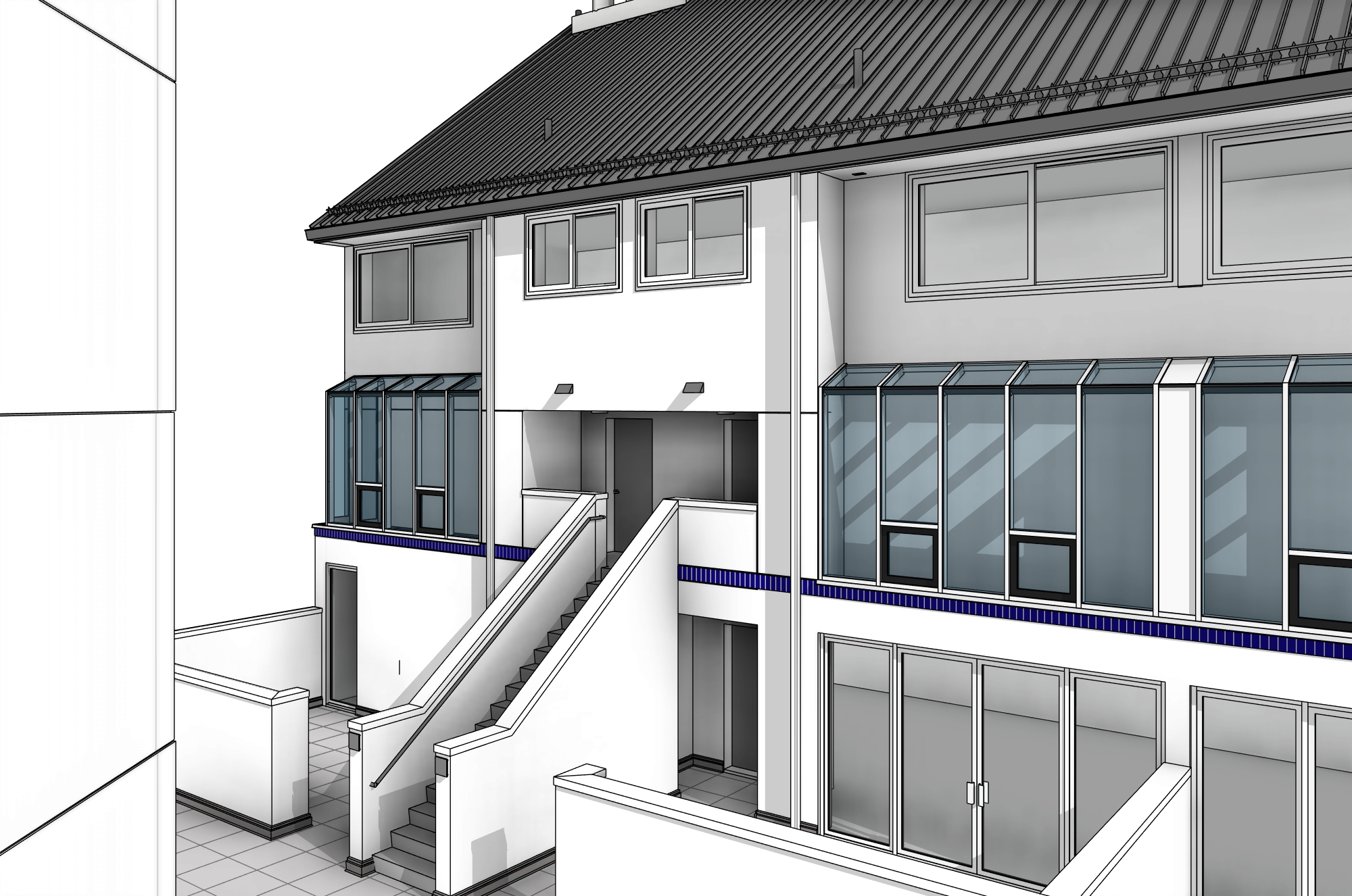
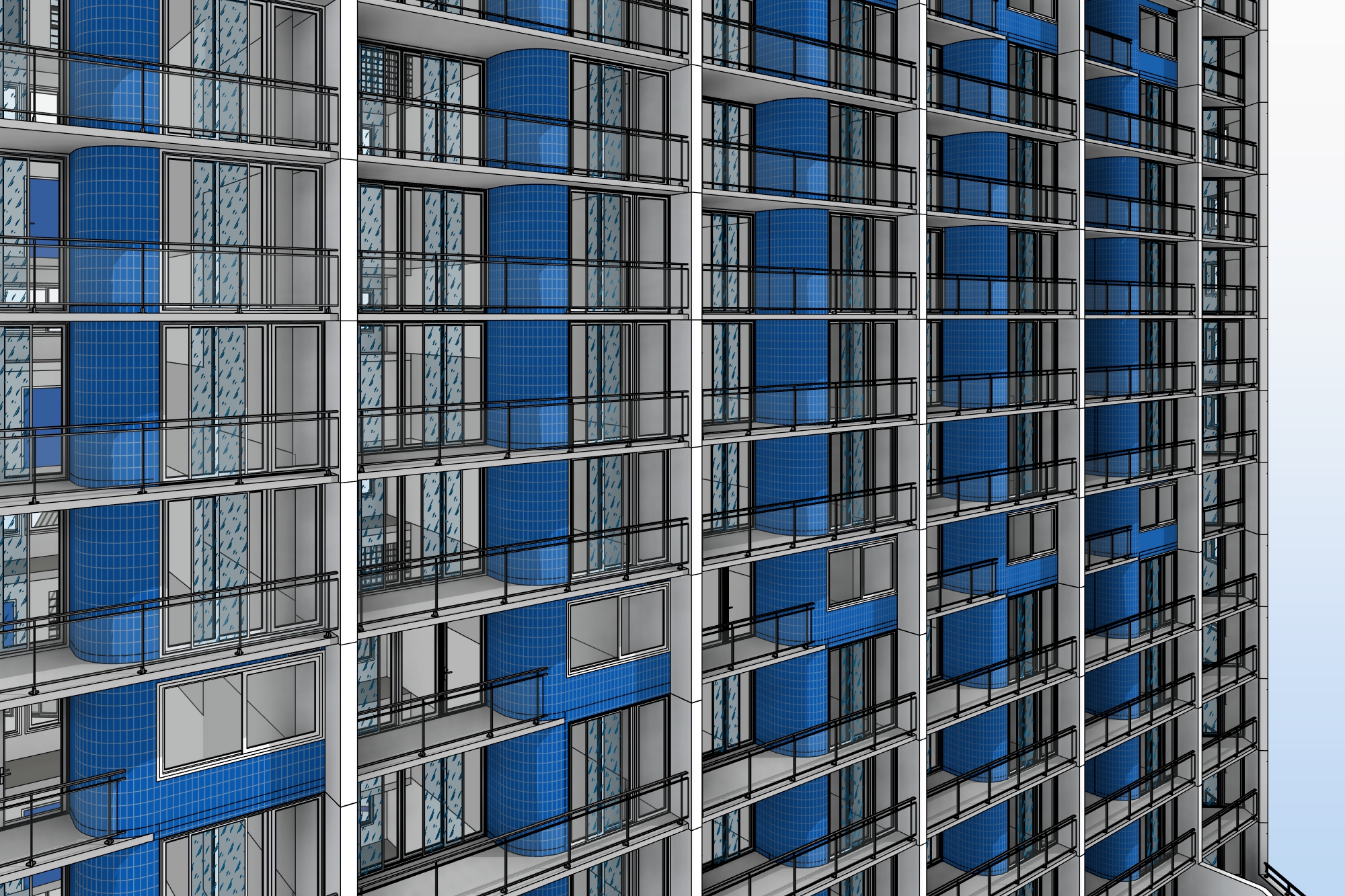
The main objective of this project is to model the façade of a multi-storey building accurately. The façade model was required because all construction drawings, vendor documentation, and renovation partners relied on this information for their work. The model served as the primary visual and technical reference for the renovation process, ensuring coordination between architects, contractors, and other stakeholders.
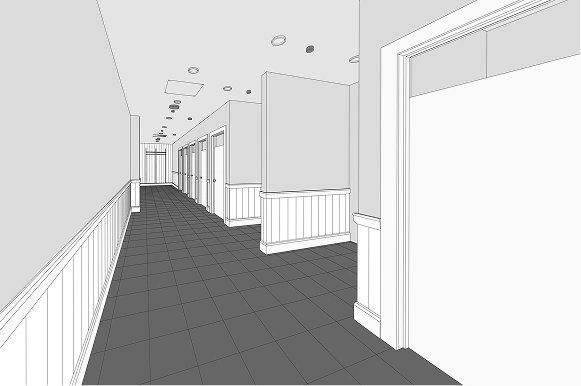



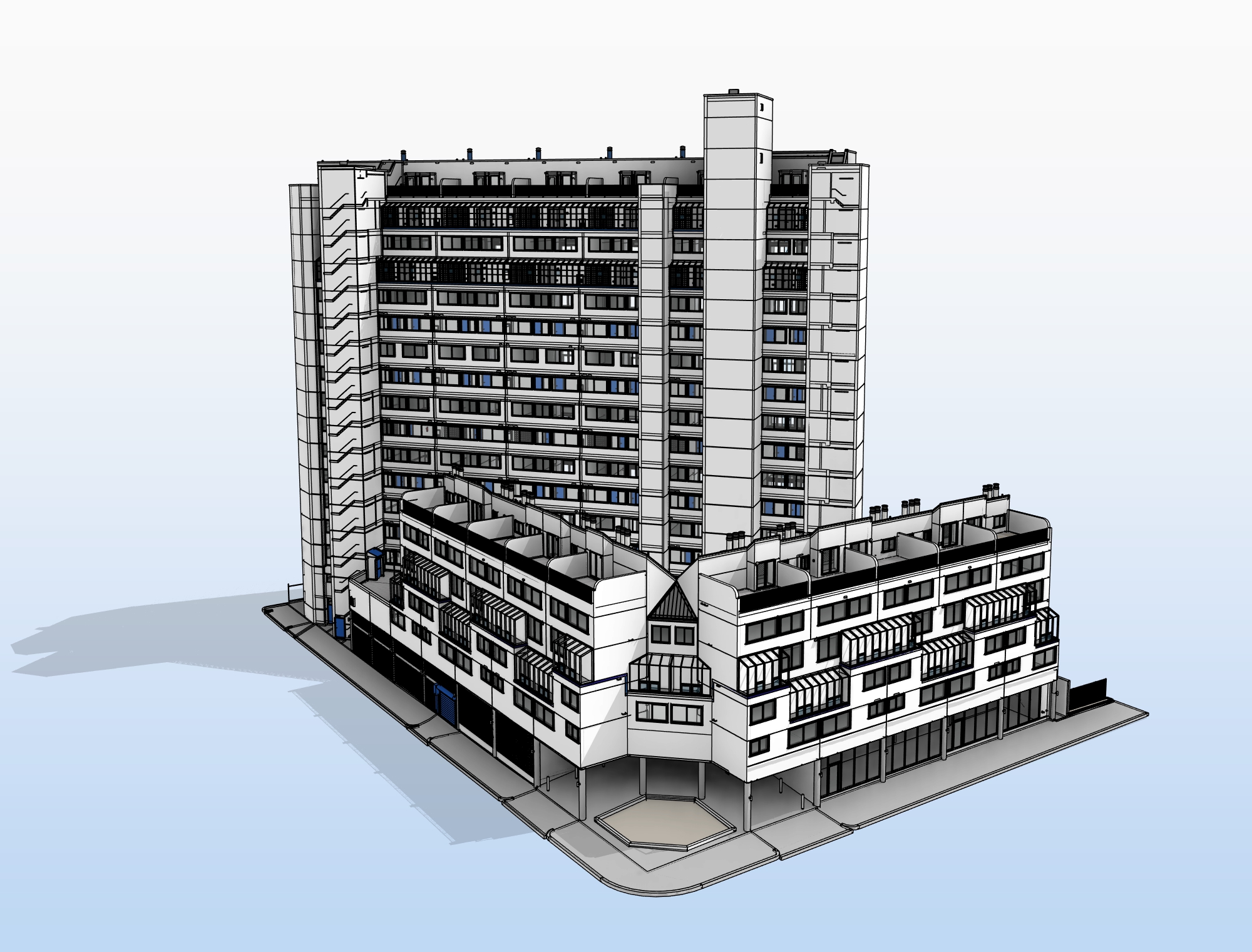
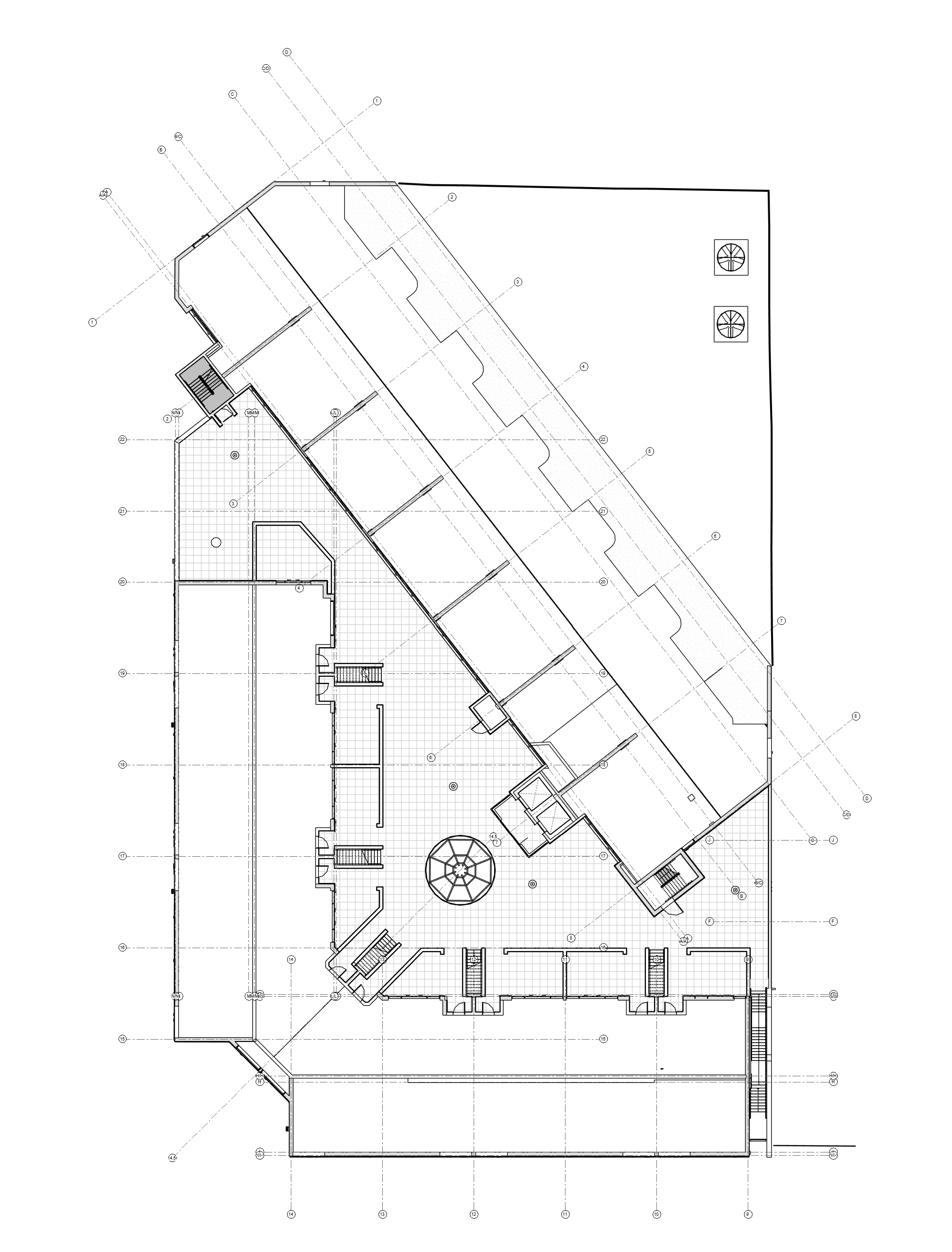
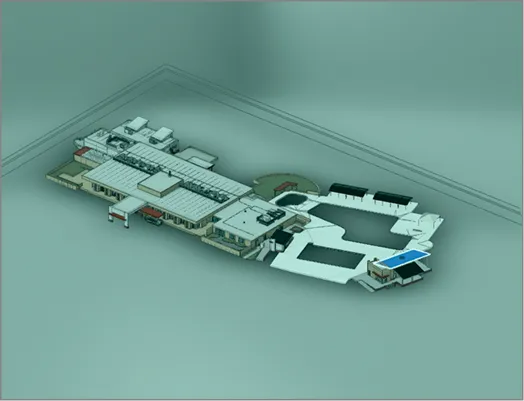
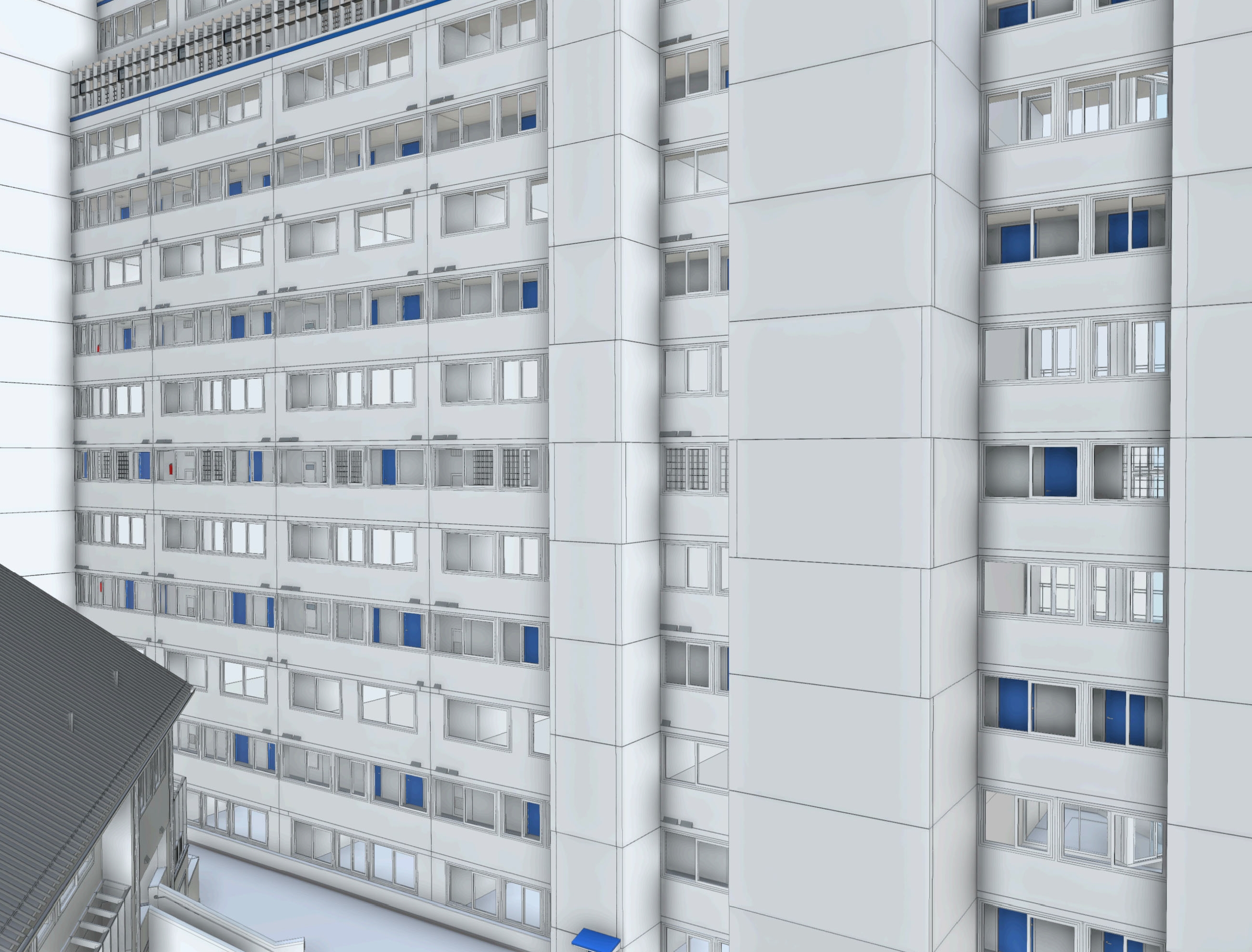
.webp)

.webp)

